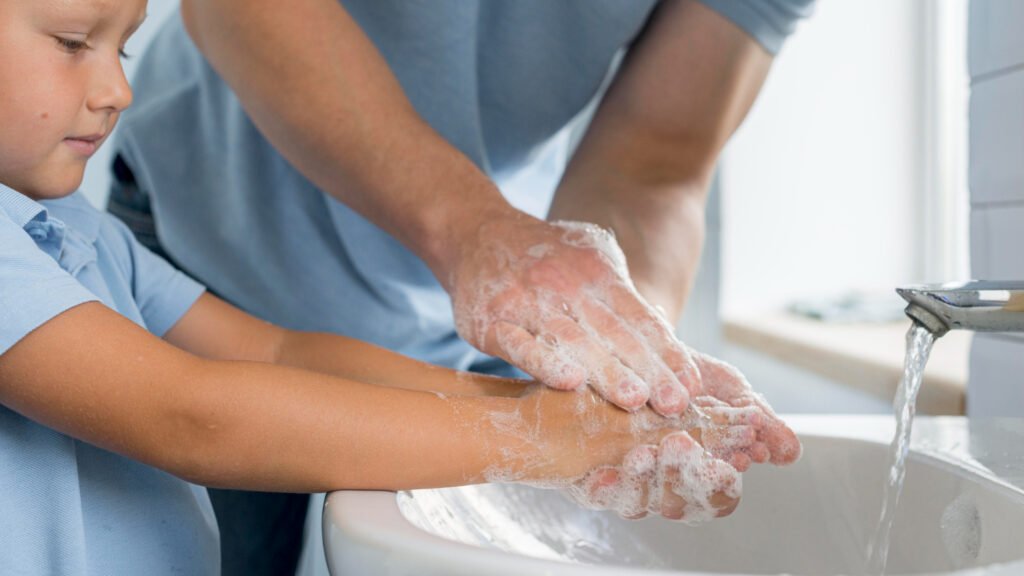When you get a cut or scrape, it’s common to reach for antiseptic treatments to clean the wound. However, many myths surround these products, and understanding the truth can help you care for your wounds better. This article aims to debunk some common myths about antiseptic wound treatments and provide you with useful information for effective wound care.
Common Myths About Antiseptics
Myth 1: Antiseptics Are Always Necessary for All Wounds
Many people believe that every cut or scrape needs antiseptic treatment. While antiseptics can be helpful, not all wounds require them. For minor cuts that are clean and not deep, washing with soap and water may be enough. In fact, overusing antiseptics can irritate the skin and slow down healing.
Myth 2: Antiseptics Can Completely Prevent Infection
Another common myth is that using antiseptics will stop any chance of infection. While antiseptics do reduce the number of germs on a wound, they cannot guarantee that the wound will not become infected. Proper cleaning and care are important, but if a wound looks red, swollen, or has pus, it may be time to see a doctor.

Myth 3: Higher Concentrations of Antiseptics Are More Effective
Some people think that using stronger antiseptics will heal wounds faster. However, this is not always true. Using high concentrations can actually harm the skin and delay healing. It is essential to use the right strength of antiseptic for the type of wound you have.
The Role of Antiseptics in Wound Care
Antiseptics work by killing or slowing down the growth of bacteria on the skin. They are useful in certain situations, such as after surgeries or for deep cuts, where there is a higher risk of infection. However, for minor injuries, a gentle wash with soap and water may be sufficient.
When choosing an antiseptic, look for those that are easy on the skin, such as iodine-based solutions or alcohol-free products. Always read the instructions on the label to ensure proper use.
Proper Use of Antiseptics
Here’s a simple guide on how to use antiseptics correctly:
- Wash your hands: Before treating your wound, make sure your hands are clean.
- Clean the wound: Rinse the wound gently under clean water to remove dirt and debris.
- Apply the antiseptic: Use a cotton ball or clean cloth to apply the antiseptic wound gel. Make sure to cover the entire area around the wound.
- Cover the wound: If necessary, place a clean bandage over the wound to protect it from dirt.
- Observe the wound: Keep an eye on the wound for any signs of infection, such as increased redness or swelling.
Common Mistakes to Avoid
- Not cleaning the wound first: Always clean the wound before applying antiseptic.
- Using too much product: More is not better. A small amount is usually enough.
- Skipping bandaging: If the wound is open or at risk of getting dirty, cover it with a bandage.

When to Seek Professional Help
It’s important to know when to visit a doctor. Look for these signs that may indicate a serious problem:
- The wound is deep or does not stop bleeding.
- There is increasing redness, swelling, or warmth around the wound.
- You see pus or other discharge coming from the wound.
- You have not had a tetanus shot in the last five years and the wound is caused by a dirty object.
If you notice any of these signs, don’t hesitate to get professional help.
Conclusion
Understanding the truth about antiseptic wound treatments can help you take better care of yourself and your loved ones. Remember, while antiseptics can be helpful, they are not always necessary. Clean your wounds properly, use the right products, and seek medical help when needed. By following these guidelines, you can ensure a faster and safer healing process.




